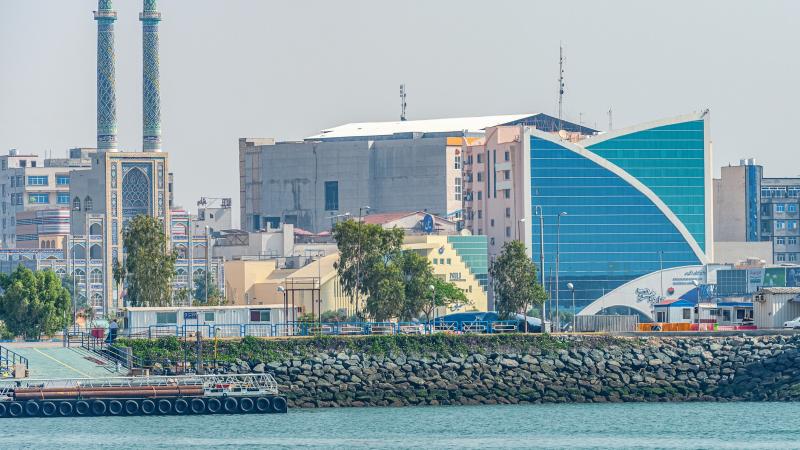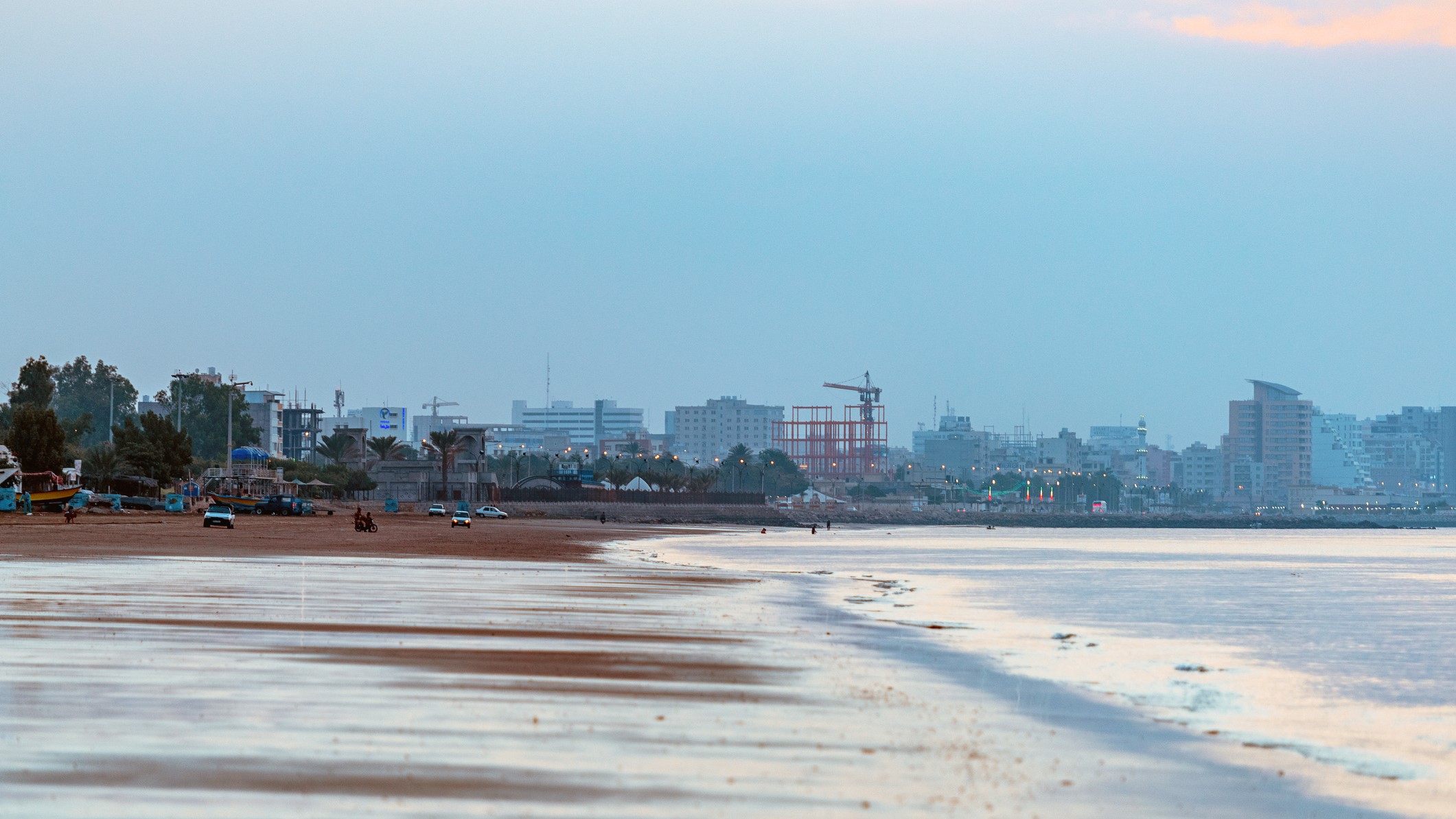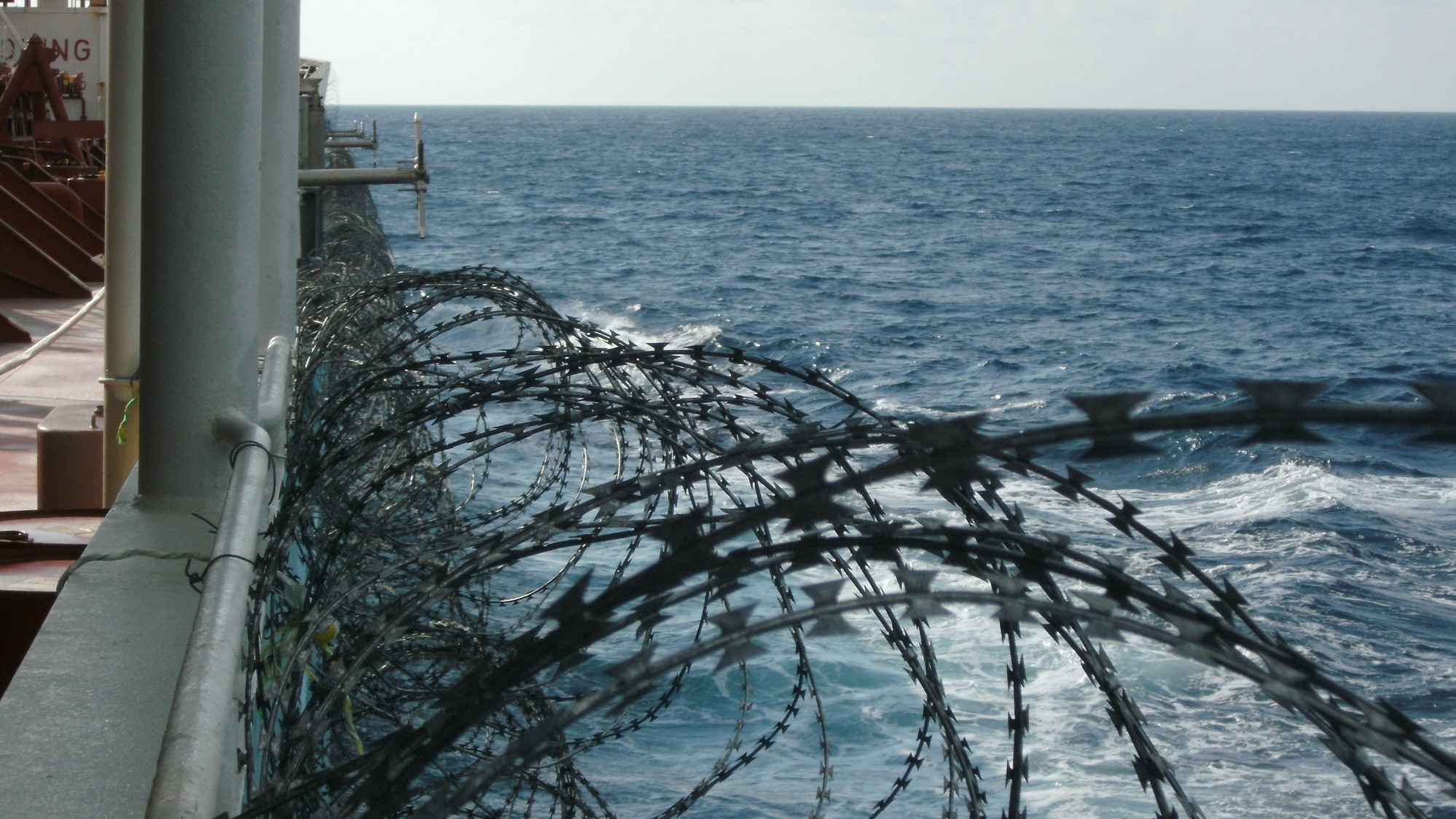
On May 12, 2019, four commercial vessels were damaged in an alleged attack. This recent maritime security incident in the Gulf of Oman, off Fujairah port, highlights the increasing threat posed to maritime security in one of the world’s most important oil shipping routes. Complete details of the incident are yet to be disclosed and the investigation is still ongoing. According to initial reports, however, the damage was supposedly intentionally caused by what some analysts and experts have speculated to be underwater drones carrying high-grade explosives designed to detonate on impact, and others speculate it to be limpet mines that trained divers placed under the waterline, seeking to damage, rather than sink the vessels. Although the perpetrator has yet to be identified, US officials have singled out Iran or Iran-backed proxies as the likeliest culprits, as part of Tehran’s attempts to demonstrate its military capabilities amid increasing regional tensions. In another potentially coordinated regional incident that took place on May 14, Iran-backed Yemeni Houthi rebels claimed to have targeted Saudi Aramco-operated oil pipeline in a drone attack. The pipeline connects the Saudi oil-rich Eastern Province with the Red Sea oil terminal and provides an oil export alternative to the Strait of Hormuz. Both incidents have exposed vulnerabilities of oil export routes in the region.
Geopolitical tensions could have a profound effect on regional maritime security

Geopolitical developments in the Middle East, particularly mounting tensions between the US and Iran, could significantly affect regional maritime security in the short to medium term. Washington’s efforts to put additional pressure on the Iranian regime, such as re-imposing economic sanctions in an attempt to curb Iran’s oil exports, are likely to result in both political and potentially military escalation, currently manifested through a considerable increase of US military presence in the Middle East.
For instance, the US has recently deployed aircraft carrier Abraham Lincoln and a bomber task force to the region, and is planning to send 120,000 US soldiers to the Middle East should the relations with Iran continue to deteriorate. Moreover, Washington’s increasingly aggressive posture is likely to provoke a reaction from Tehran, including potential adversarial actions against US interests in the region. According to data released by Lloyd’s List Intelligence, one third of all sea-born oil passes through the Strait of Hormuz, which has been termed the “world’s most important oil chokepoint” by the US Energy Information Administration. Iran has made repeated threats to close the passage amidst constant regional tensions over the past four decades. In this context, the two recent incidents represent examples of potential security threats to regional maritime security and global energy trade, should the relations between Tehran and Washington continue to deteriorate.
In light of these two recent incidents, Lloyd’s of London expanded their list of areas in the Gulf of Oman that pose “enhanced risk for marine insurers”, following an extraordinary meeting of the Lloyd’s Market Association Joint War Committee on May 17, 2019. The area has been expanded to include part of the Gulf of Oman, Oman and the UAE in addition to the coasts of Saudi Arabia.
Regional conflict likely to encourage piracy activity

Apart from global disruption in crude supply, the eventual conflict between the US and Iran is likely to cause a marked deterioration in maritime security and reverse successful international attempts to reduce piracy activity in the region. The high levels of piracy reported in the Gulf of Oman between 2013 and 2015 were the result of heightened Somali pirate activity, motivated by lucrative economic opportunities. Their significant decline over the last three years can be attributed to concerted efforts of the international community to address Somali piracy by enhancing the presence of international navies off the coast of East Africa. This is in addition to strengthening the capabilities of Somali security forces along the coast. The Combined Maritime Forces (CMF) continue to operate three Combined Task Forces (CTF) in the Gulf of Oman and the wider East African region. As a result, piracy no longer constitutes a prominent threat to the region where, over the course of the past 12 months, only one piracy incident was recorded on NYA’s MarTrack. On July 4, 2018 a piracy incident occurred 77NM northeast of Muttrah Port, Oman, where two white-hulled skiffs, each with four people on board, approached a tanker at high speeds within 500 meters of the vessel. A comprehensive look at the data provided by MarTrack shows a significant and continued decline in the number of piracy incidents recorded in the Gulf of Oman since 2015: between 2016 and 2018, a total of nine incidents were reported, compared to 31 incidents recorded between 2013 and 2015.
How NYA, a GardaWorld company, can help
While the Gulf of Oman has witnessed a significant decrease in piracy in recent years, the targeting of four commercial vessels off Fujairah Port, in what appears to be an organized hostile operation by a state entity, in addition to a drone attack on the Saudi energy infrastructure, expose the profound effect that geopolitical tensions are having on maritime security in the whole region. NYA’s MarTrack vessel-tracking software, coupled with the NYA Global Operations Center’s (GOC) continuous monitoring of maritime security, ensure our clients are informed of relevant piracy incidents and when they occur, providing bespoke support as requested. The GOC can contact clients’ vessels directly to ensure necessary precautions are undertaken. Additionally, our analytical and consulting capabilities facilitate the provision of timely and precise threat evaluation in the form of Port and/or Journey Threat Assessments, tailored to the specifications of our clients for vessels and their crew.
Contact us to learn more about our travel security and crisis management services.
Risk Maps 2020
Stay ahead of key risks that may affect your people, assets and business reputation by downloading our 2020 risk maps. These comprehensive risk maps and reports feature more than 200 risk ratings for land and maritime security. Download our latest risk maps now.








